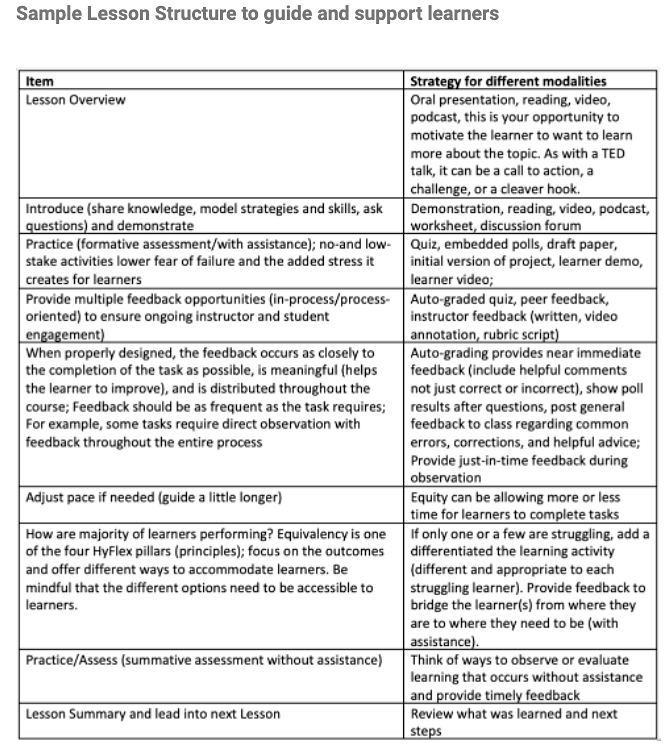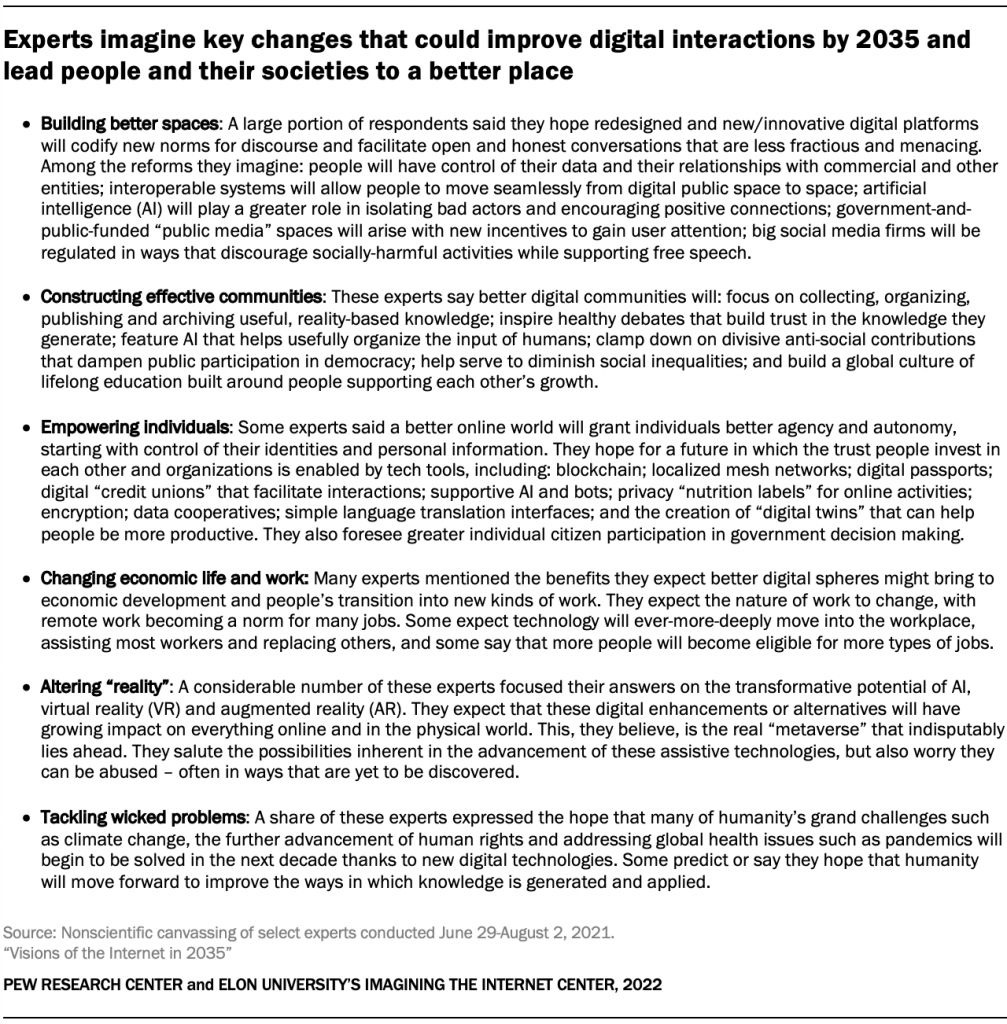The Branches of #ArtificialIntelligence
Info. via @ingliguori shows so many uses of #AI in #business & #technology. #DataScience #BigData #IoT #Python #100DaysofCode #MachineLearning @Strat_AI @EvaSmartAI @EvanKirstel @DeepLearn007 @SwissCognitive @RoblemVR @vue_ai @andy_fitze pic.twitter.com/vqaHrytkoB
— Andrew Neff (@AndrewinContact) December 6, 2021
Ways that artificial intelligence is revolutionizing education — from thetechedvocate.org by Matthew Lynch
Excerpt:
I was speaking with an aging schoolteacher who believes that AI is destroying education. They challenged me to come up with 26 ways that artificial intelligence (AI) is improving education, and instead, I came up with. They’re right here.
AI Startup Speeds Healthcare Innovations To Save Lives — from by Geri Stengel
Excerpt:
This project was a light-bulb moment for her. The financial industry had Bloomberg to analyze content and data to help investors uncover opportunities and minimize risk, and pharmaceutical, biotech, and medical device companies needed something similar.
Artificial Intelligence: Not A Panacea For Supply Chain Issues, But Extremely Helpful https://t.co/wVUnJlA71R pic.twitter.com/M0wfQtyyFo
— Alec Lazarescu (@alec1a) July 20, 2022
#Technology: Emerging Top ?
Info via @Paula_Piccard talks #tech and the #business uses. #IoT #MachineLearning #AI #Python #DataScience #BigData #100DaysOfCode #Blockchain #AR #VR #ArtificialIntelligence #5G @Shi4Tech @BetaMoroney @Hana_ElSayyed @TScotClendaniel @Ym78200 @MiaD pic.twitter.com/Z10dkQzHXI
— Andrew Neff (@AndrewinContact) July 20, 2022











